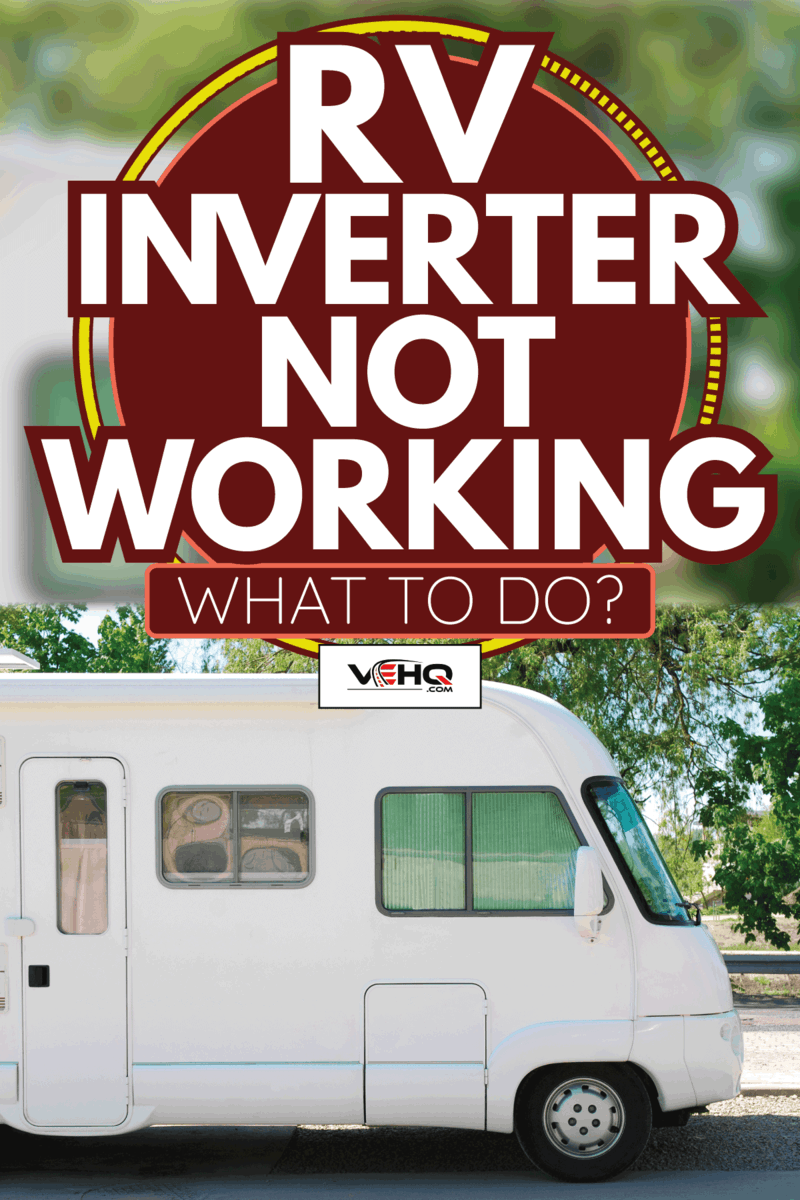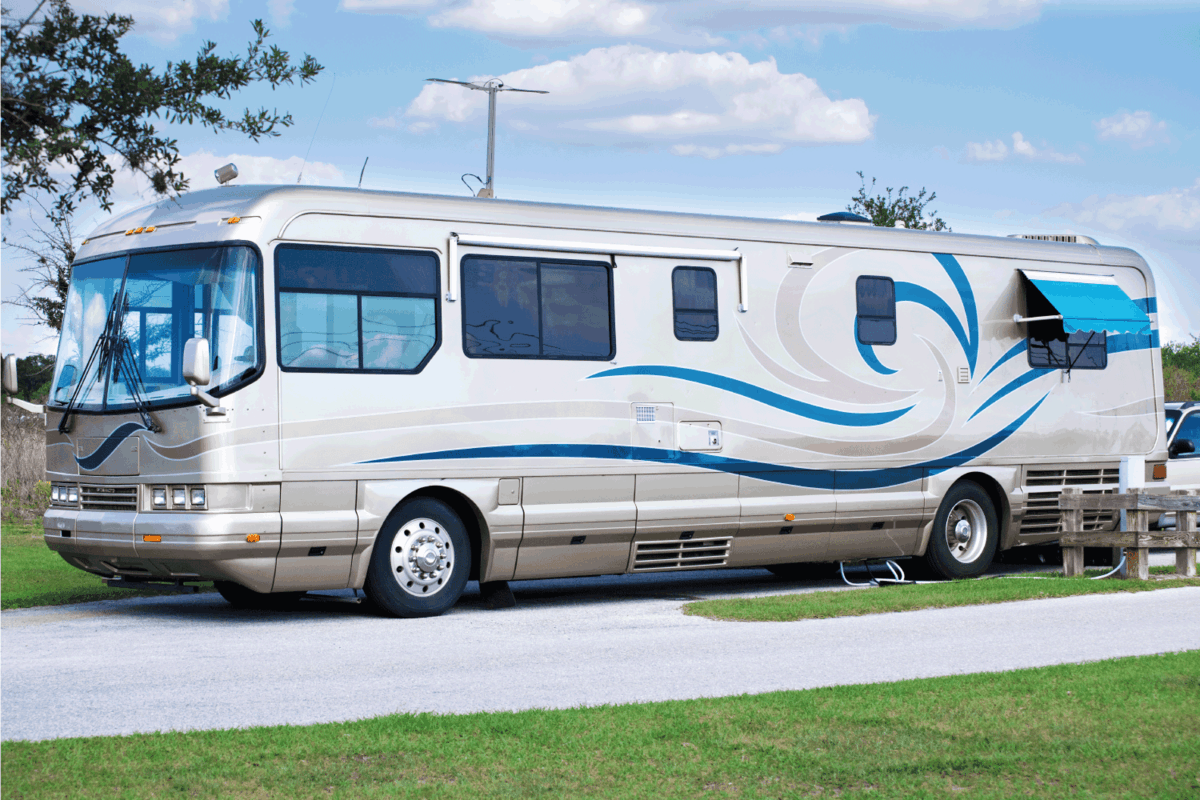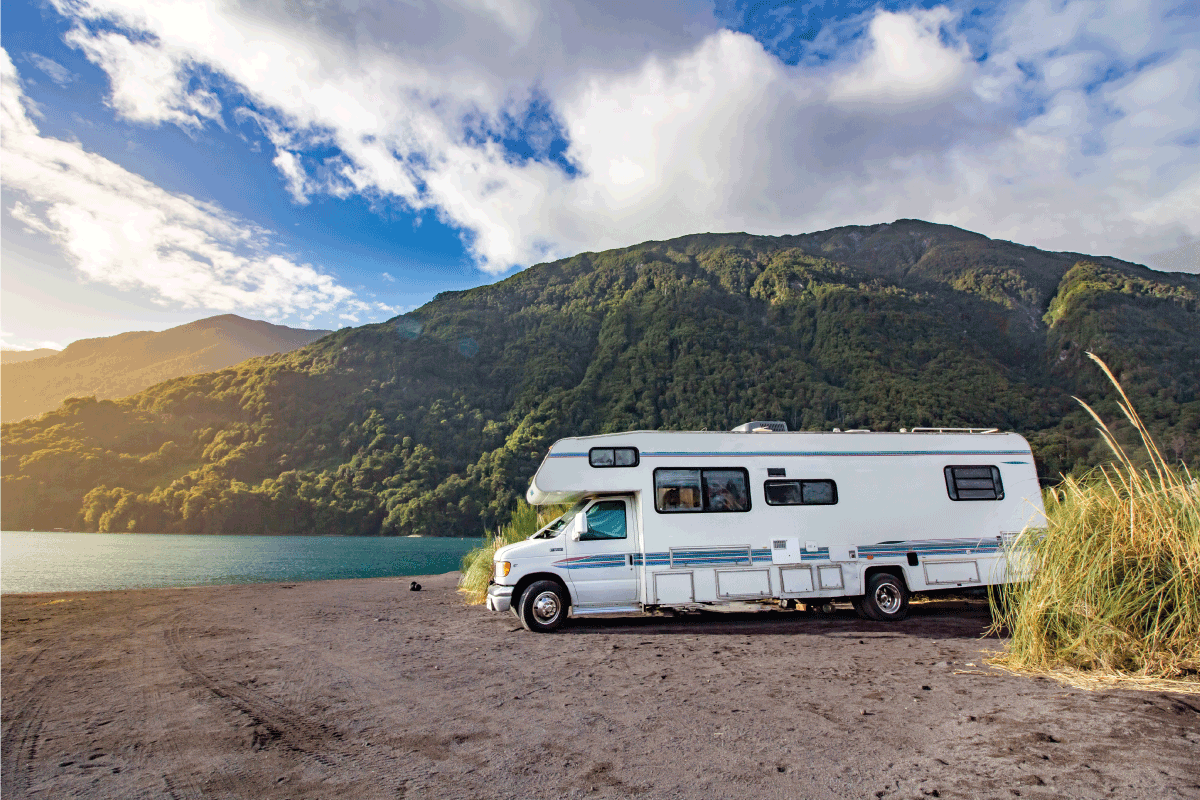You're boondocking in the heat of summer, and suddenly your RV's air conditioner goes on the fritz. You suspect there may be a problem with the RV's power inverter. Troubleshooting electrical problems may seem like an intimidating task, but there are some simple things you can check before you take the problem to a pro. So, what should you do if you suspect your RV's inverter isn't working? We've done the research, and we have the answers for you!
Here's what to do if you're having trouble with your RV's AC power system:
- Check for tripped circuit breakers.
- Test the functioning of the house battery.
- Examine the inverter's cooling fan for malfunctions.
- Check the inverter's inputs and outputs.
In the remainder of this article, we'll give you step-by-step instructions for performing each of these procedures. We'll explain how to test your inverter, how to reset it, and how to determine whether your inverter is bad and needs to be replaced. And we'll discuss whether you should leave your RV's inverter in the "Power On" mode all the time, or turn it off when you're connected to external power sources. Keep reading to learn all about your RV's power inverter!

RV Inverter Not Working - What To Do?
Most RVs employ a dual power system, using both 12-Volt DC (direct current) and 110-Volt AC (alternating current) electricity. The RV's lighting, water pump, heat, and water heater function on 12V DC; appliances like the refrigerator, electric stove, washer/dryer, air conditioner, and standard outlets utilize 110V AC power.

Connecting your RV to an external power source supplies it with 110V AC electricity that runs the appliances and standard outlets. The lights, water pump, heat, and water heater continue to operate by drawing 12V DC current from the house battery.
But, the battery needs an ongoing infusion of energy to keep it from draining. This is accomplished by using a converter to transform the 110V AC electricity of the external power source to 12V DC energy that the battery can use.
By contrast, anytime your RV is not connected to an external power source, its house battery must supply all of its electricity. The battery produces only DC current; so, to provide electricity for the major appliances, your RV needs an inverter to transform the battery's DC current into 110V AC.
How Do I Test An Inverter?
If you notice that your RV's appliances are not functioning at full strength, it may be a sign that they're not getting as much power as they need. This, in turn, implies a problem within the inverter system.
Start your diagnosis by following these steps:
- Disconnect your RV from all external power sources.
- Turn on your appliances, one at a time.
- Once you determine that an appliance is working, turn it off and turn on the next one.
- After checking all the appliances, check each outlet by plugging in a lamp or other small accessory and turning it on.
- If all the appliances and outlets are working normally, your inverter is fine; you're done!
- If one or more of your appliances or outlets don't work, you'll need to troubleshoot further. Follow the guidelines below.
Check For Tripped Circuit Breakers
Your RV's electrical panel contains both circuit breakers and fuses. The circuit breakers serve the large appliances and standard outlets that use AC current, while the fuses service accessories that use DC power.
So, if you're concerned about the functioning of your DC-to-AC inverter, your first troubleshooting step should be to check for a tripped circuit breaker. Follow this sequence of steps:
- Turn off the malfunctioning device(s).
- Locate your RV's electrical panel and open its door.
- On the chart inside the door, identify the breaker serving the malfunctioning device.
- Check the position of the breaker's handle. If it is tripped -- halfway between "on" and "off" -- you must reset it.
- To reset a breaker, push its handle to the "off" position and then "on."
- Check the circuit by turning the malfunctioning device back on.
- Leave the device on for several minutes. If it functions appropriately, problem solved!
- If the breaker trips again, it may be defective, or the appliance may be drawing too much power. Either replace the breaker or take your RV to a professional to have this done.
Click here for replacement circuit breaker on Amazon.
Test The Functioning Of The House Battery
If a tripped circuit breaker is not the problem, your next step is to make sure your house battery is functioning properly.
First, conduct a visual examination, looking for the following:
- Cracks or bulges in the battery case
- Discoloration of the case or terminals
- Leaking around the terminals
- Loose or broken terminals
If everything looks fine, test the battery's voltage using a multimeter. Here's how:
- Fully charge the battery, then let it sit for at least three hours.
- Connect the black prong of the multimeter to the negative terminal on the battery.
- Connect the multimeter's red prong to the positive terminal on the battery.
- Read the voltage display on the multimeter. If it registers below 12.5, the battery is beginning to wear out. If the measurement is less than 10, the battery is effectively dead. In either case, replace the battery.
Click here for multimeter on Amazon.
Examine The Cooling Fan For Malfunctions
If neither the circuit breakers nor the house battery is the source of the problem, conduct a visual inspection of the fan that cools the inverter. If it's not working, the heat emitted by the inverter could cause the metal or plastic parts surrounding the inverter to deform or even melt.
How Do I Know If My RV Inverter Is Bad?
If none of the preceding tests have identified the problem, you may have a bad inverter. Follow these steps to test the functioning of your inverter:
- Locate the inverter's input wires, where the house battery's current enters the inverter.
- Touch your multimeter's black wire to the negative terminal and the red wire to the positive terminal.
- The multimeter should show 12V of DC current coming into the inverter.
- Next, locate the inverter's output wires, where AC current exits the inverter.
- Touch the multimeter's black wire to the negative terminal and the red wire to the positive terminal.
- The multimeter should show 110V of AC current exiting the inverter.
- If the input (DC) registers 12V, but the output (AC) does not read 110V, then your inverter is malfunctioning and must be replaced.
Click here for RV inverter on Amazon.
How Do I Reset My RV Inverter?
Occasionally, your RV's inverter may simply need to have its internal software rebooted. So, before you go out and buy a new inverter, try resetting the malfunctioning one. Follow these steps to reset your RV inverter.
Soft Reset
A soft reset is analogous to restarting your computer when it's experiencing a software glitch. Here's how to do it:
- Locate your RV's inverter. It may be mounted in a place that's quite inconvenient to access, such as under the chassis of the RV. Your owner's manual will provide a diagram showing the inverter's location.
- Disconnect the inverter from all external AC power sources. If your RV is hooked up to shore power or to a generator, disconnect it.
- Press and hold the "Power" button on the inverter's control panel.
- After 15 seconds or so, the "Charging/Inverting" LED on the panel should begin flashing on and off.
- Release the "Power" button. The "Charging/Inverting" LED should turn off.
- Press and release the "Power" button to turn the inverter back on.
Hard Reset
If the soft reset doesn't solve the problem with your inverter, try a hard reset. This is analogous to unplugging your computer and removing its battery.
- Disconnect the inverter from all external sources of AC power, including shore power and generators.
- Open all of the inverter's DC disconnects. This disconnects the inverter from the house battery's DC power.
- Make sure the inverter's display screen is blank; this indicates that all AC and DC power have been shut off.
- Leave the inverter cut off from all sources of power for 30 seconds.
- Reconnect the inverter's DC disconnects. This will reconnect the inverter to the house battery.
- Restore AC power by plugging back into shore power or a generator.
- Press and release the inverter's "Power" button to turn it back on.
Should I Leave My RV Inverter On All The Time?
You should leave the inverter turned on at all times, even when the RV's outlets and appliances are getting AC current from shore power. Primarily, this is because the shore power source can continually charge your RV's house battery through the inverter. Also, leaving the inverter turned on provides continuous AC current to your RV even if there's an interruption in the shore power.

In Closing
Now that you know how to troubleshoot issues with your AC power, you may be able to save yourself substantial time and money the next time your air conditioner peters out or your dryer doesn't do its job. You can accomplish all of these troubleshooting tasks with just a little effort and a few tools that you probably already own. Give them a try before you take your rig to an RV mechanic!
You may also enjoy:
What Does Shore Power Mean in an RV?



